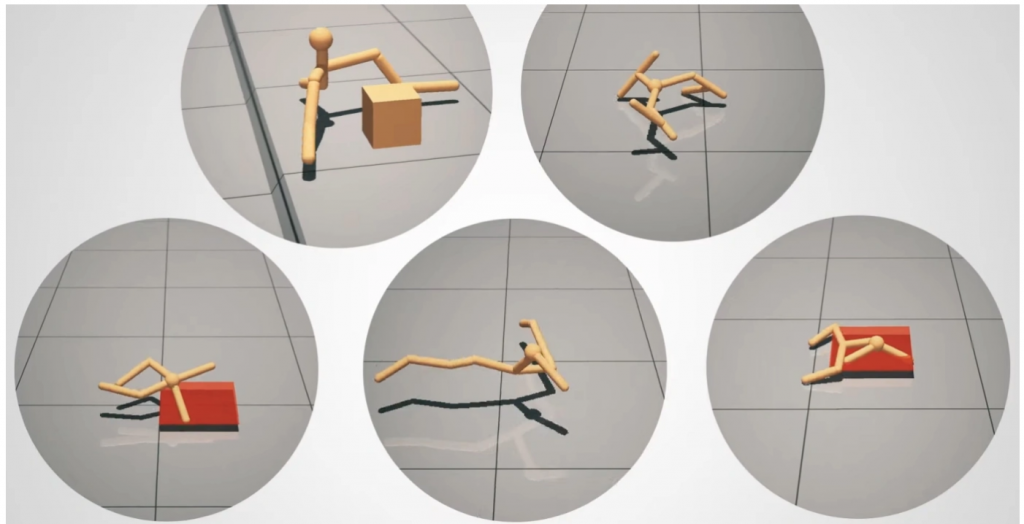
Image Credit: Stanford University
Stanford Researchers Recreate AI Simulation Experiment on Evolution
When Charles Darwin began studying and really thinking about the way animals evolved, he really could have used a computer to help him figure out some of those steps. Devin Coldewey has written a fascinating piece for techcrunch.com that focuses on how AI might be used to watch evolution in real-time. Sort of.
A piece of magic that algorithms perform is to use the digital universe to simulate what the human universe is like. That way when AI tries to solve problems it is assigned, it is reminded that humans can’t remain underwater for hours or humans can’t survive a ton of material falling on them.
A research team at Stanford University team created a new simulation using “unimals” (for “universal animals” to train it on how to learn to walk. They designed an experiment similar to simulated environments that have been used for decades to test evolutionary algorithms.
“You set up virtual space and drop simple simulated creatures into it, just a few connected geometric shapes that move in random ways. Out of a thousand such writhing shapes, you pick the 10 that writhed the farthest and make a thousand variations on those and repeat over and over. Pretty soon you have a handful of polygons doing a pretty passable walk across the virtual surface.”
If that isn’t clear enough, a video of the “unimals” demonstrates the concept below.

A portion of Stanford’s ‘unimal’ video.
“Almost all the prior work in this field has evolved agents on a simple flat terrain. Moreover, there is no learning in the sense that the controller and/or behavior of the agent is not learned via direct sensorimotor interactions with the environment,” explained co-author Agrim Gupta to TechCrunch — in other words, they evolved by surviving but didn’t really learn by doing. “This work for the first time does simultaneous evolution and learning in complex environments like terrains with steps, hills, ridges and moves beyond to do manipulation in these complex environments.”
Watching an algorithm evolve is truly mesmerizing.
“In essence, we find that evolution rapidly selects morphologies that learn faster, thereby enabling behaviors learned late in the lifetime of early ancestors to be expressed early in the lifetime of their descendants,” write the authors in the paper, published today in the journal Nature.
Coldewey’s article has a lot of compelling information as well as a more comprehensive video on this evolution experiment. The researchers see this particular program as a shortcut for several other projects involving things like teaching robots.
And if you are really up to date with this kind of research here is another plum the article included:
If you’re code-savvy, you can get the whole operation up and running on your own hardware: The research group has made all the code and data freely available on GitHub. And make sure you’ve got your high-end computing cluster or cloud container ready to go, too:
“The default parameters assume that you are running the code on 16 machines. Please ensure that each machine has a minimum of 72 CPUs.”
read more at techcrunch.com







Leave A Comment